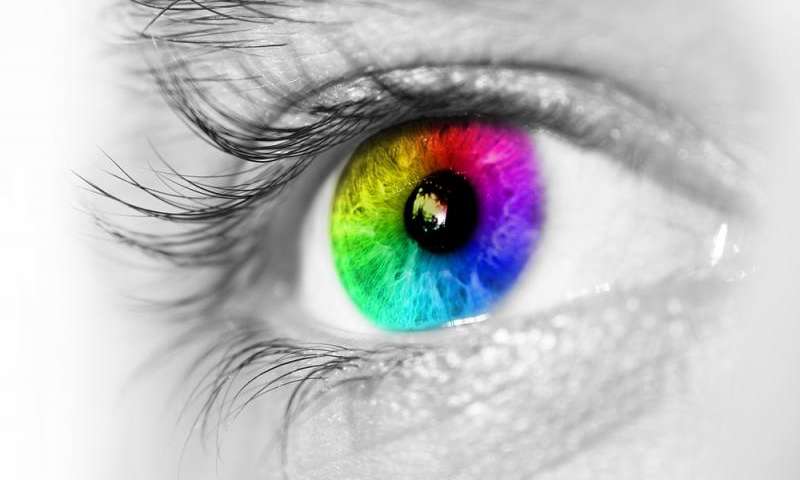
[ad_1]
A person with color blindness is a person who has trouble identifying colors and who is unable to see them as they really are. Blindness is one of the most serious eye diseases, which can have a significant impact on a person's life. Color blindness is a genetic disorder caused by the difference in response of one or more photosensitive cells of the retina to some of the major colors.
The doctors at Moorfields Eye Hospital Dubai offer advice and dispel misconceptions about the disease in the following subject:
Daltonism and its seriousness about the patient's life

Color blindness is an obstacle to the most basic daily tasks, such as buying fruits and vegetables, shopping, buying clothes or crossing the street at a traffic light.
Blindness affects men more than women and plays a crucial role in the difficulty of obtaining opportunities to sign up for police or military jobs.
Dr. Avinash Gurbaksani, an ophthalmologist consultant and specialist in uveitis, retina and cataract surgery at Moorfields Ophthalmic Hospital in Dubai, describes color blindness as a "discrete color discrimination".
"Color-blind people do not see everything in black and white, but they see colors differently from uninfected people," he said.
How do color blind patients see the world?
Red, green, blue and yellow are the most common forms of blindness, as well as total daltonism. For people of northern origin, red and green daltonism affects up to 8% of men and 0.5% of women.
Dr. Avinash added, "Symptoms can vary from one person to another, and some people will not suffer from symptoms because they have learned to distinguish colors despite the lack of color vision they have.
However, others may find that they are color-blind after testing certain functions such as entering the national military service, etc., and some may have trouble seeing the difference between shadows and colors.
Patient tests

Dr. Avinash pointed out that a simple clinical test was used. It consisted of an Ishihara examination, consisting of colored circular plates in the form of plates, whose role was to test the state of the colorblinds in red and green, but there are more precise and detailed tests, such as the test of color evaluation and diagnosis. (CAD) or the 100 Hue test.
The cause of color blindness can be hereditary because a person is suffering all his life, although it can also develop according to the state of the disease.
"The causes of color blindness can be hereditary and exist since birth.The most common is the lack of red and green vision associated with cardiovascular disease.However, lesions can occur due to an optic nerve disease, such as optic neuritis, or multiple sclerosis or retinal diseases. "
Treatments for assistance
"Although there is no known cure, contact lenses and filters with filters can help a color-blind person to see more clearly.A colorblind loses the ability to identify three colors." primary: red and blue, "said Avinash. Otherwise, seeing a color-blind person is no different than seeing someone who is not. "
[ad_2]
Source link